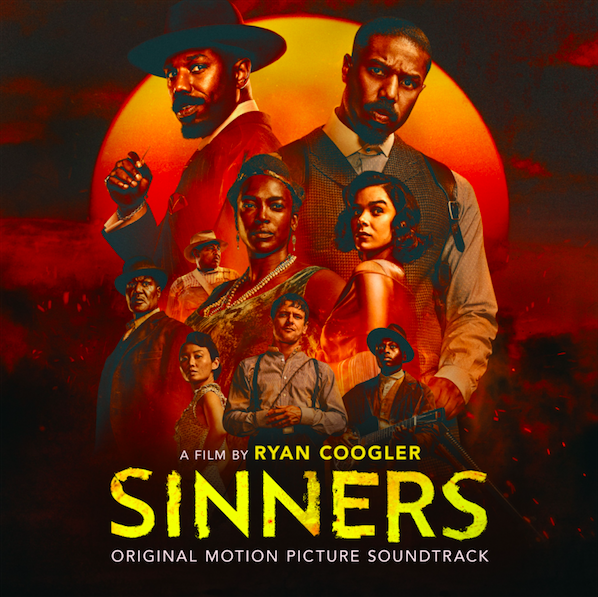By Aimable Rutayisire, Guest Writer
“Sinners” is the movie of the year, and it should be heavily nominated at next year’s Oscars. Not only was the star-studded cast amazing, but so were the lighting, cinematography and score.
“Sinners” is a horror musical that takes place in the fields of Clarksdale, Mississippi. The movie, which dropped in theatres on April 18, follows a pair of twins, both played by Michael B. Jordan, who hit it big in 1930s Chicago and want to flaunt their wealth in their home town. Little do they know that there is a dark evil awaiting them.
Since dropping in theatres, “Sinners,” which had a production budget of $90 million, has made almost $183 million at the domestic box office and $250 million internationally.
It’s technically a horror film, but calling it that is myopic because it explores many more elements than that of a typical horror film. It isn’t just a horror film: It’s a lightly allegorical character drama set in Jim-Crow Mississippi filtered through the smoky lens of Black Southern folklore.
Jordan plays the twins, Smoke and Stack. Hailee Steinfeld stars as Mary, an old flame for one of the twins. Wunmi Mosaku plays Annie, the mother of one of the twins’ late sons. Jayme Lawson is Pearline, a performer as well as an adulterer. And Jack O’Connell stars as Remmick, the main vampire.
The film beautifully transcends time and music in how it cosplays as a horror movie that is really a musical. The music scenes are well done, with incredible choreography. What was so impressive about the choreography was just how grand it was. There were scenes where not only was the dancing great, but the number included so many dancers that it felt vast and epic.
The film really treated music as a different element than what audiences are used to. Ryan Coogler, who directed the film, used music almost as a hypnotizing element. There is a scene in the middle of the film that tracks the history of music, showing the past and present styles of music and how they’ve evolved. The camera pans smoothly over the area showing the similarities between different eras, touching on different cultures of people dressed in incredible costumes.
Cinematographer Autumn Durald sprinkled stunning shots into the movie. Visually, it was breathtaking with a lot of wide shots showcasing the scenery. A lot of shots were symbolic as well in the sense that there was more to the scene than what the camera was focusing on. One scene in particular had the main vampire, Remmick, alone in the dark, but the scene was shot in a way that viewers could see the blood surrounding him.
Durald is also known for her use of anamorphic lenses and brightly colored visuals, and the use of shadows and lighting in the movie was remarkable. As it got darker and darker, the lighting was so manipulated that there was a dark shadow surrounding each of the actor's eyes, a nod to the vampire’s eyes turning red.
The use of metaphors in the film was prominent. When the vampires show up in the film, they act as culture vultures. They were seemingly innocent and eager to participate but were only there to suck the life out of the party. The vampires were predators, living metaphors for exploitation – economic, cultural and historical.
Sinners is a phenomenal film for its unique fusion of horror, music and social commentary. Coogler explores how African spiritual traditions act as a powerful counter toward dominant religious themes.
If you're interested in a thought-provoking horror film that dives into cultural identity and challenges mainstream narratives, “Sinners” is a must-watch. It’s still playing in local theaters.
PHOTO: Courtesy, Warner Bros. Entertainment Inc.
